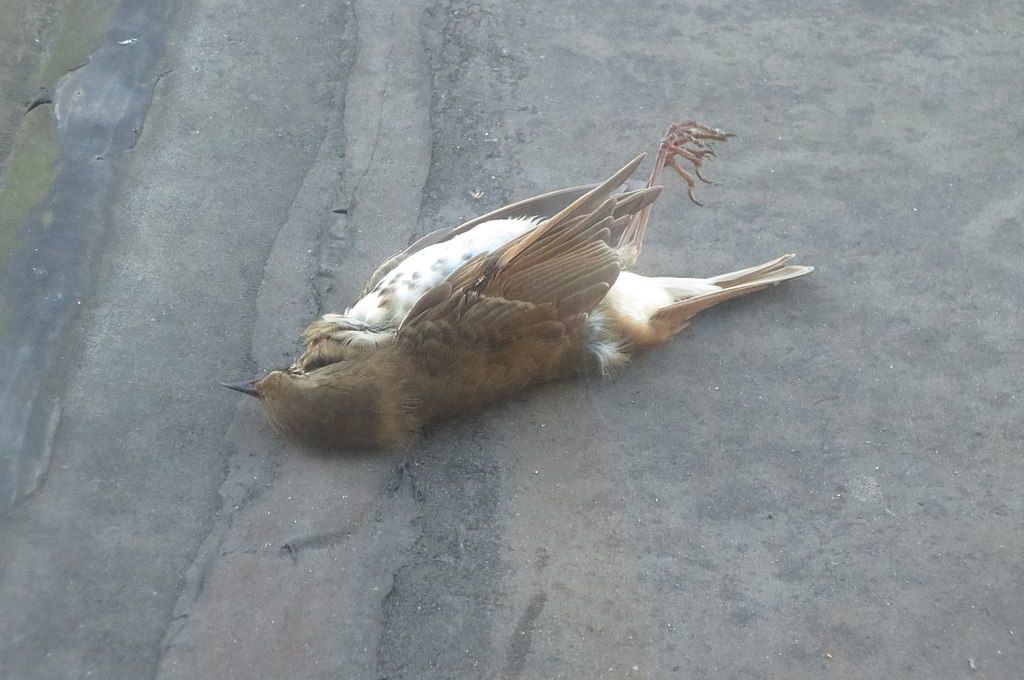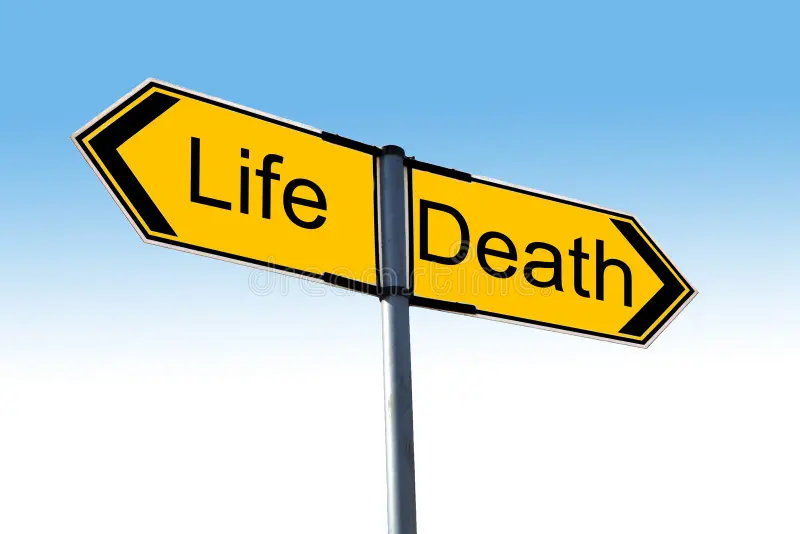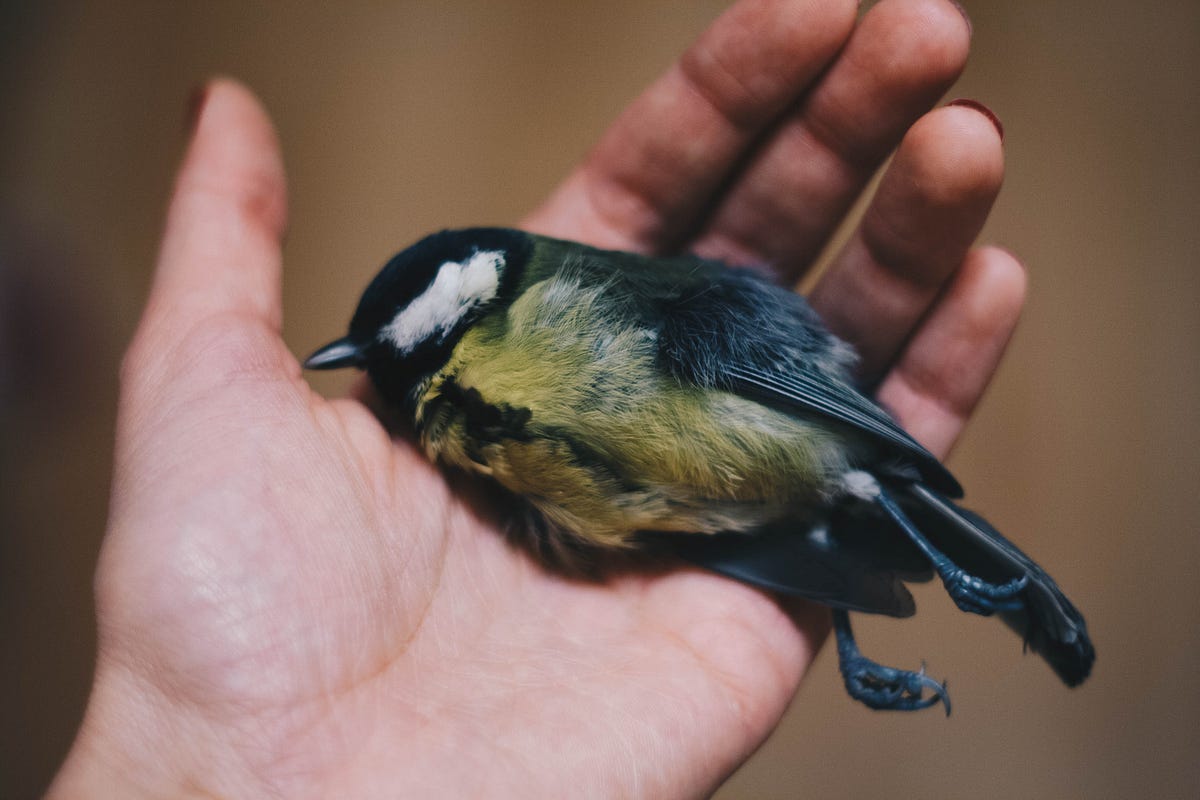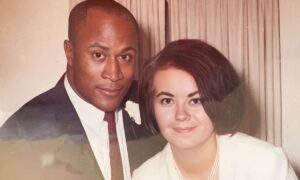Identifying a deceased bird involves observing for lack of movement, response, or breathing. Additionally, check for stiffened limbs and dull eyes to confirm its demise.
Ever found a bird motionless and wondered, ‘How to tell if a bird is dead?‘ Understanding subtle cues like absence of movement, unresponsiveness, and lack of breathing helps discern if a bird has passed. Delve into the indicators, from stiffened limbs to dull eyes, to navigate the delicate task of identifying a deceased bird.
In moments of uncertainty, discerning whether a bird is deceased requires keen observation and sensitivity. Look for signs such as the absence of breathing or response to external stimuli. Additionally, note any stiffness in the bird’s limbs and the lack of vitality in its eyes as definitive indicators of its passing.
Assessing Vital Signs: Signs of Life or Death

In the realm of avian observation, detecting vital signs distinguishes between life and death. Watch closely for subtle movements, breath, and responsiveness to determine the bird’s state.
Observing Movement
Assess any subtle movements such as twitching or slight adjustments in posture, which may indicate signs of life. Movement, however faint, suggests the possibility of life and warrants further observation before concluding the bird’s condition.
Monitoring Breathing
Watch for the rise and fall of the bird’s chest or any indication of breathing. A lack of breathing over an extended period is a clear indicator of potential death. However, be patient, as some birds may exhibit slow or irregular breathing patterns, especially when injured or in shock.
Testing Responsiveness
Gently approach the bird and observe its reaction to stimuli such as noise or touch. A living bird may flinch, blink, or display other reflexive responses. Conversely, a lack of response, especially when coupled with other indicators, suggests the bird may have passed away.
Observing Motionlessness: A Key Indicator

Motionlessness serves as a primary cue when determining the status of a bird. A lack of movement, even in response to external stimuli, often signifies potential death, prompting a closer examination of other vital signs.
Understanding Natural Behavior
Birds are typically active creatures, constantly moving to forage, communicate, or seek shelter. When a bird remains entirely still for an extended period, it deviates significantly from its natural behaviour. This deviation is a critical signal that warrants investigation into the bird’s condition.
Contextualizing Environmental Factors
Consider the surrounding environment when assessing a bird’s motionlessness. While birds may freeze momentarily due to fear or alarm, prolonged stillness amid normal activities could indicate distress or potential injury. Factors like extreme weather conditions or nearby predators may contribute to the bird’s immobility.
Differentiating Sleep from Death
In some instances, a motionless bird may simply be resting or sleeping, especially during the nighttime or periods of low activity. To differentiate between sleep and potential death, carefully observe for other vital signs such as breathing, responsiveness, and the condition of the bird’s eyes.
Stiffened Limbs and Dull Eyes: Definitive Signs

Stiffened limbs are a clear indication of the body entering rigour mortis, a postmortem process where muscles contract and become rigid. Additionally, dull, glazed eyes often accompany death, lacking the vibrancy and alertness typical of a living bird.
Rigour Mortis and Muscle Stiffness
After death, a bird’s muscles gradually stiffen due to the biochemical changes occurring in the body. This process, known as rigour mortis, begins within hours of death and progresses over time. Observing stiffness in the bird’s limbs provides a definitive indication that the body has ceased its vital functions.
The Role of Body Temperature
Temperature plays a crucial role in the onset and progression of rigor mortis. Lower temperatures can slow down the process, whereas warmer environments may accelerate it. When assessing a bird’s condition, consider the prevailing environmental conditions and how they might influence the stiffness of its limbs.
Eye Appearance and Clarity
In addition to stiffened limbs, the condition of a bird’s eyes can offer valuable insights into its vitality. Dull, glazed eyes lacking their usual lustre and clarity are often associated with death. Conversely, living birds typically exhibit bright, alert eyes that convey awareness and responsiveness to their surroundings.
Lack of Response: Deciphering Vital Communication

A lack of response from a bird to external stimuli can be a critical indicator of its condition. This absence of reaction prompts the need for careful observation and further assessment to decipher the bird’s vital communication.
Evaluating Sensory Inputs
When assessing a bird’s responsiveness, consider various sensory stimuli such as sound, touch, and movement. Lack of reaction to these stimuli suggests a potential loss of sensory perception or consciousness. It’s essential to apply gentle stimuli to gauge the bird’s level of responsiveness accurately.
Significance of Reflexes
Reflexive responses, such as blinking or flinching, are instinctual reactions that indicate the bird’s ability to perceive its environment. Absence of reflexes may signify neurological impairment or cessation of vital functions. Monitoring for reflexive behaviours aids in understanding the bird’s neurological status and overall condition. Additionally, observing for signs like “Birds Out Of Attic” can offer valuable insights into the bird’s habitat and behavior patterns.
Contextualizing Behavioral Patterns
Consider the context and surroundings when interpreting a bird’s lack of response. Factors like recent trauma, environmental stressors, or underlying health issues can influence the bird’s behaviour and responsiveness. A comprehensive evaluation of the situation helps in deciphering whether the lack of response indicates potential death or temporary incapacitation.
Delicate Task: Identifying Deceased Birds

Identifying deceased birds is a delicate task that requires sensitivity and careful observation. It involves considering various physical and behavioural cues to confirm the absence of life in the avian subject.
Respectful Observation
Approach the task of identifying deceased birds with respect and empathy, keeping in mind “Facts About Birds“. Adopting a gentle approach not only honours the life of the bird but also facilitates accurate assessment. Pay attention to details while minimising disturbances to the bird and its surroundings, maintaining reverence for its place in the ecosystem. Understanding “Facts About Birds” enhances our ability to appreciate and protect avian life.
Ethical Considerations
Prioritise ethical considerations when determining the status of a bird. Avoid causing unnecessary distress or harm during the assessment process. Respect local regulations and guidelines concerning wildlife handling and disposal to ensure responsible behaviour.
Seeking Professional Assistance
In situations where uncertainty persists or emotional distress is involved, consider seeking assistance from wildlife authorities or trained professionals. They can offer guidance on proper protocols for handling deceased birds and provide support during the identification process. Collaborating with experts ensures that the task is approached with sensitivity and professionalism.
FAQs
How can I tell if a bird is dead?
Look for lack of movement, unresponsiveness, stiffened limbs, dull eyes, and absence of breathing.
Can a bird be sleeping or in shock instead of dead if it’s not moving?
Yes, birds can sometimes appear motionless when sleeping or in shock. Assess other vital signs like breathing and responsiveness for confirmation.
How long does it take for rigormortis to set in after a bird dies?
Rigour mortis typically begins within a few hours of death and progresses over the following hours.
What should I do if I find a motionless bird?
Assess the bird for signs of life using indicators like responsiveness and breathing. If unsure, contact wildlife authorities for guidance.
Can environmental factors affect the appearance of a dead bird?
Yes, factors like temperature and surroundings can influence the appearance and condition of a deceased bird, affecting its rigidity and overall state.
Conclusion
Identifying whether a bird is dead requires a blend of observation, sensitivity, and understanding of avian behaviour. By carefully noting indicators like lack of movement, unresponsiveness, and changes in body condition, one can make a more informed assessment. It’s crucial to approach the task with respect for the bird and its natural cycle of life and death.
Remember, the process of determining if a bird is deceased can be emotionally challenging. Respect for wildlife and adherence to ethical considerations should always guide our actions. In cases of uncertainty or distress, seeking assistance from wildlife authorities or trained professionals ensures responsible handling and decision-making.
Ultimately, while the topic may seem straightforward, the ability to discern signs of life or death in birds is an essential skill for anyone engaging with wildlife. By equipping ourselves with knowledge and compassion, we contribute to a more empathetic understanding of the natural world and our role within it.

Welcom to https://birdsaboutinfo.com. Our content is for general information purposes. While we aim for accuracy, use it at your own risk. Seek professional advice for specific concerns. We’re not responsible for external links or the outcome of using our information. Some content may contain affiliate links. We may update this Disclaimer.











